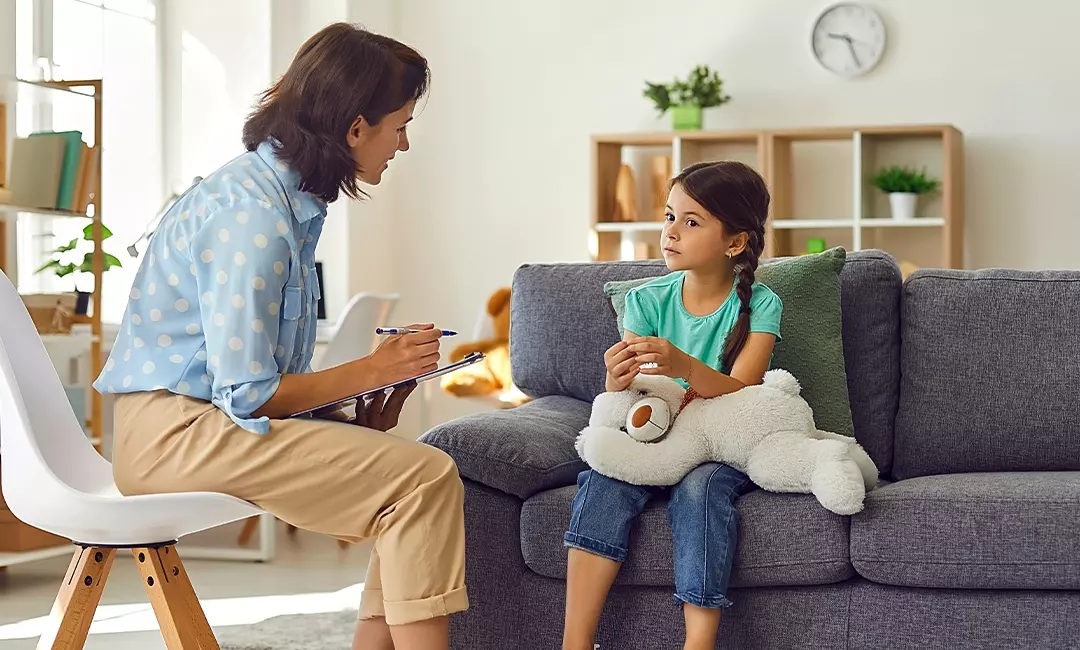Summary:
- Therapeutic compatibility is rooted in a mutual understanding between a client and therapist that involves trust, warmth, and empathy.
- The three components of therapeutic compatibility involve a positive reciprocal bond, shared decision making, and collaborative goal setting.
- At Therapy Utah, we have specialists who perform an intake assessment on individuals seeking treatment and use that assessment to match them with the appropriate therapist.
- The therapeutic relationship has been shown to be more powerful than the actual treatment method being used in therapy.
- Therapeutic relationships that demonstrate trust, warmth, and empathy show higher success rates for clients in therapy.
With so many types of therapy and practitioners available, it can feel tricky to find a therapist that’s best suited for your needs. But this step is critically important—many people are unaware that the most important part of therapy is actually the therapeutic relationship that’s formed between them and their therapist.
Below, we will discuss what therapeutic compatibility is, why it’s important, and why we match our clients with our highly trained and licensed therapists. For more guidance on finding the right therapist for your needs, contact us at Therapy Utah and let us guide you through the process of individual therapy at Therapy Utah.

What is Therapeutic Compatibility?
Therapeutic compatibility is the relationship formed between a therapist and a client, and is vital for producing beneficial results for the client in therapy. Therapeutic compatibility is rooted in trust, empathy, warmth and understanding between a client and therapist.
A very important factor in therapy is trust—without forming this foundational aspect between client and therapist, it will be hard for any client to work through their issues or reasons for seeking therapy. Ultimately, having a client and therapist who are compatible in the therapeutic journey is the key to positive results.
Components of the Therapeutic Compatibility Model
There are three core elements of therapeutic compatibility:
- A reciprocal bond between client and therapist that fosters positive feelings: the basis of therapeutic compatibility stems from forming a bond between client and therapist, which helps the client feel secure in a therapist’s abilities to help them in their healing journey.
- Collaborative goal setting: once a therapeutic relationship has been established, a therapist and client can discuss and agree on the goals they’re looking to accomplish through therapy.
- Shared decision making: in addition to therapeutic compatibility and collaborative goal setting, a compatible therapeutic relationship allows client and therapist to discuss the steps needed to achieve the goals of treatment.
All types of therapy involve forming interpersonal relationships. The interpersonal relationship between therapist and client involves trust, caring, understanding, and authentic interactions that lead to a positive reciprocal relationship. The phases that develop throughout this alliance involve the client’s perspective on a therapist’s ability to provide support and empathize.

How Do We Match Our Therapists and Clients?
At Therapy Utah, we have therapists trained in a wide variety of treatment modalities. We strongly believe that individual therapy should be personalized to fit your needs—including the therapist assigned to you.
The first step in finding the best therapist for your needs is through an intake session. We have specialists who will assess you and what you are seeking to gain from treatment. Based on the assessment, you will be matched with the therapist whose methods and experience will be best in guiding your treatment.
Once you have been matched with the therapist best suited for you, the therapeutic relationship (based on your compatibility) will begin. Your therapist works with you to create custom treatment plans unique to you.
We believe that by assessing your individual and unique needs, and matching you with a therapist who is well-positioned to meet those needs, we improve the likelihood of a positive and beneficial relationship forming between you and your therapist.
Our Areas of Expertise
At Therapy Utah, we specialize in a variety of treatment methods that can provide support for the following challenges:
- Sex addiction
- Pornography addiction
- Betrayal trauma
- Behavioral addictions (gambling and gaming)
- Chemical addictions (medications, alcohol, and drugs)
- Depression, anxiety, or PTSD
- Grief
- Parenting or step-parenting
- Life transitions
Although these are main focus areas of our treatment programs, we are also capable of matching clients with therapists for issues not listed above. Contact us to learn more about how we can help.
Just How Effective Is Therapeutic Compatibility?
Therapeutic compatibility, also commonly referred to as the therapeutic alliance or relationship, has been vastly studied to understand just how effective and important it is. Research strongly supports the effectiveness of building a strong therapeutic relationship based on the right compatibility.
According to the APA, the therapeutic relationship is said to be just as powerful, if not more powerful, than the treatment method used by a therapist. By having a strong therapeutic relationship, a client feels secure and connected, and can therefore get the most out of their therapy journey.
Factors like empathy, warmth, and trust embedded in a healthy therapeutic relationship have shown to increase the outcomes of client success—even more so than specialized treatment interventions. These findings showcase just how important the therapeutic relationship is in treatment.

Find the Best Fit Therapist For You
We understand that each individual has unique experiences and troubles in their lives. That’s why we’re passionate about matching clients and therapists for best results. Therapeutic compatibility is essential in developing the right treatment program for each client. We have a wide range of therapists that specialize in different treatment areas. If you’re ready to find your therapist based on compatibility, contact us at Therapy Utah so we can help guide you on your healing journey.










